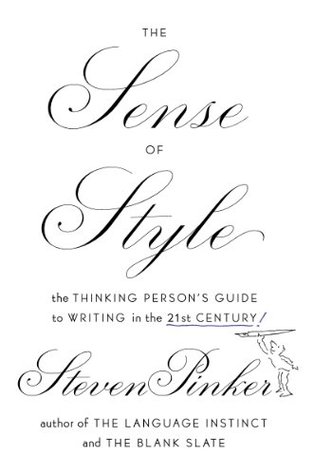More on this book
Community
Kindle Notes & Highlights
Read between
February 14 - February 28, 2020
Linguistic research has shown that the passive construction has a number of indispensable functions because of the way it engages a reader’s attention and memory.
A skilled writer should know what those functions are and push back against copy editors who, under the influence of grammatically naïve style guides, blue-pencil every passive construction they spot into an active one.
The differences between classic style and other styles can be appreciated by comparing their stances on the communication scenario: how the writer imagines himself to be related to the reader, and what the writer is trying to accomplish.
Writing in classic style, in contrast, takes whatever form and whatever length the writer needs to present an interesting truth. The classic writer’s brevity “comes from the elegance of his mind, never from pressures of time or employment.”4
In classic style the writer has worked hard to find something worth showing and the perfect vantage point from which to see it. The reader may have to work hard to discern it, but her efforts will be rewarded.
Classic style overlaps with plain and practical styles. And all three differ from self-conscious, relativistic, ironic, or postmodern styles, in which “the writer’s chief, if unstated, concern is to escape being convicted of philosophical naiveté about his own enterprise.”
Classic style is an ideal. Not all prose should be classic, and not all writers can carry off the pretense. But knowing the hallmarks of classic style will make anyone a better writer, and it is the strongest cure I know for the disease that enfeebles academic, bureaucratic, corporate, legal, and official prose.
Classic style is confident about its own voice. If you’re not comfortable using an expression without apologetic quotation marks, you probably shouldn’t be using it at all.


